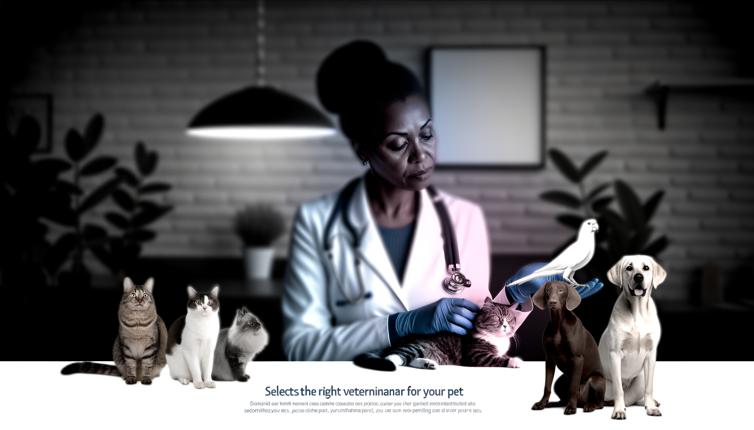Understanding Pet Insurance
Before diving into the selection process, it's important to have a clear understanding of what pet insurance is and what it covers. Pet insurance is a type of health insurance for your pet that helps cover the cost of veterinary care in case of illness, injury, or accidents. Depending on the plan, it may also cover routine preventive care such as vaccinations and annual check-ups.,Like any insurance, pet insurance comes with different coverage options and costs. It's essential to review the terms and conditions to understand what is included and excluded in the policy. Some pet insurance plans have deductibles, co-pays, and maximum coverage limits. Make sure to read the fine print and ask questions if something is unclear.
Assessing Your Pet's Needs
The first step in choosing the perfect pet insurance plan is to assess your pet's needs. Consider their age, breed, pre-existing conditions, and overall health. Certain breeds may be prone to specific health issues, so it's important to choose a plan that covers those conditions. Additionally, if your pet has any pre-existing conditions, find out if they will be covered by the insurance and if there are any waiting periods before coverage begins.,You should also think about your preferences regarding veterinary care. Do you want a plan that covers only accidents and emergencies, or do you also want coverage for routine care? Consider your budget and how much you're willing to spend on pet insurance premiums versus out-of-pocket expenses for veterinary care.
Comparing Pet Insurance Plans
With a clear understanding of your pet's needs, it's time to start comparing pet insurance plans. Here are a few key factors to consider:,1. Coverage: Look for plans that cover accidents, illnesses, and preventive care. Consider the coverage limits and whether there are any exclusions for breed-specific conditions.,2. Cost: Compare the monthly premiums, deductibles, and co-pays. Keep in mind that cheaper plans may have higher deductibles or lower coverage limits.,3. Provider Reputation: Research the reputation of the insurance provider. Read customer reviews and ratings to get an idea of their customer service and claims process.,4. Network of Veterinarians: Check if the insurance plan has a network of preferred veterinarians. If you have a preferred vet, make sure they accept the insurance.,5. Waiting Periods: Determine if there are any waiting periods before coverage begins. Some plans have waiting periods for certain conditions.,6. Customer Support: Consider the availability and responsiveness of customer support. You want an insurance provider that is easy to reach and provides timely assistance.
Getting Quotes and Making a Decision
Once you've narrowed down your options, it's time to get quotes from different insurance providers. Provide accurate information about your pet's age, breed, and any pre-existing conditions to get accurate quotes. Take the time to review the quotes and compare the coverage, cost, and terms of each plan.,When making a decision, consider the overall value of the plan and how well it aligns with your pet's needs and your budget. Keep in mind that the cheapest plan may not always be the best option if it doesn't provide adequate coverage or has high deductibles.,If you're unsure about a particular plan, don't hesitate to reach out to the insurance provider for clarification. They should be able to answer any questions you have and provide more information to help you make an informed decision.,Once you've chosen a pet insurance plan, make sure to thoroughly review the policy documents and familiarize yourself with the claims process. Keep all relevant contact information handy in case you need to file a claim or have any concerns.,Remember, pet insurance is an investment in your pet's health and well-being. It can provide financial protection and peace of mind knowing that you can provide the best care for your furry friend without worrying about unexpected expenses.
Conclusion
Choosing the perfect pet insurance plan involves assessing your pet's needs, comparing different plans, and considering factors such as coverage, cost, provider reputation, and customer support. It's important to take your time, ask questions, and choose a plan that provides comprehensive coverage at an affordable price. By selecting the right pet insurance plan, you can protect your furry friend against unexpected expenses and ensure they receive the best care when they need it most.









